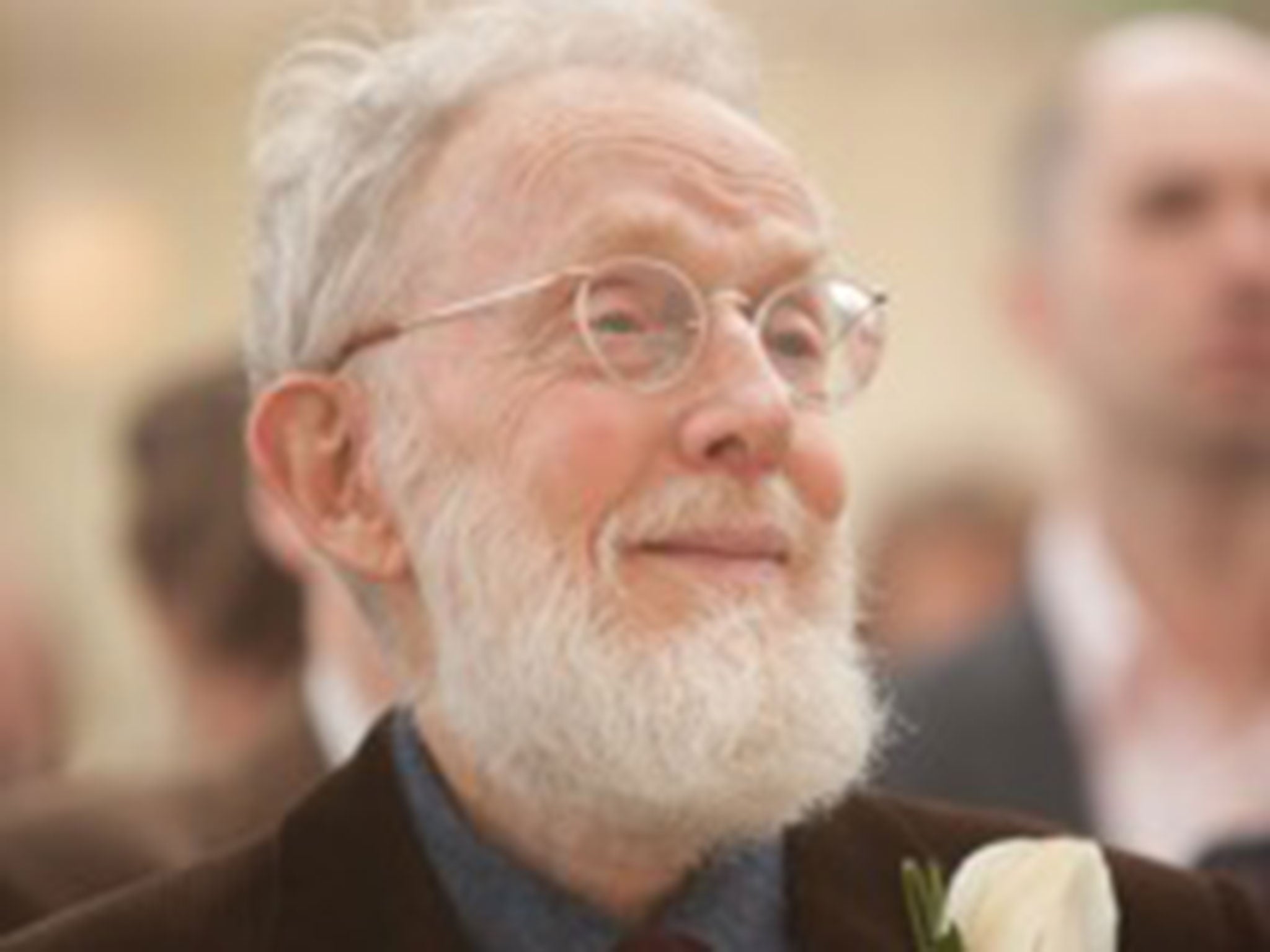Professor Felix Pirani: Physicist who did valuable work on gravitational waves
He was happiest working collectively, and inspired friendship and affection among all those who came in contact with him

Felix Pirani was one of the major figures in the rebirth of general relativity theory and gravitational research following the Second World War. A committed socialist, he was active in movements concerned with the political and moral responsibilities of scientists.
His father, Max, was a well-known concert pianist, his mother, Leila Doubleday, a violinist. They were born in Australia, but did not meet until each had moved to England, where Felix was born in 1928, a sister, Gina, following a few years later. The family moved to Canada in 1941, and their mathematically precocious son entered university at 14. He graduated in mathematics and physics from the University of Western Ontario in 1948 and entered the Masters programme at the University of Toronto; it “opened up a brave new world” for him, he said, because it was one of the handful of places at that time where one could learn Einstein’s theory of general relativity.
The Polish relativist and friend of Einstein, Leopold Infeld, was there, as was his recent doctoral student, Alfred Schild. There Pirani learned Einsteinian gravitational theory and in Schild acquired a lifelong friend.
In 1951, Pirani left to study at Trinity College, Cambridge with the cosmologist Hermann Bondi, one of the creators of the Steady-State theory alternative to the Big Bang. He was invited by Bondi to join him in his new post at King’s College, London. Installed in what would be his permanent academic home, and working with Bondi and Clive Kilmister, he turned King’s into a world centre for research in gravitation and relativity theory.
Faced with a problem in physics, Pirani’s great strength was to identify its significant physical core and to create or develop rigorously sophisticated mathematical tools to represent it. This was already visible in his early work on cosmology and on the unification of quantum theory and general relativity, where he and Schild launched a programme now called canonical quantisation.
But it was most fruitful in what is probably his most important work, on gravitational waves – waves arising from the movement of massive bodies. Their existence was expected from the theory of general relativity, but not established until very recently. In 1956 and 1957 Pirani showed for the first time that general relativity allowed for such waves and how one might detect them. With Bondi and Ivor Robinson, he was also able to find the first explicit solution to the Einstein field equations to represent plane-wave gravitational radiation.
A good example of his way of working is illustrated by his now classic 1972 article with Schild and Jürgen Ehlers which showed how the geometrical structure of space and time in the universe could be built up by studying the ways in which particles move. This question of physical significance in a scientific theory was so important for him that when, in his view, relativity theory moved in increasingly speculative direction in the 1960s and ’70s, he drifted away from it into another field, that of solitons, waves which keep their shape over time.
Pirani was also a skilled populariser. In 1958 he revised a classic work of popular exposition of Einstein’s theory, Bertrand Russell’s 1925 work The ABC of Relativity, seamlessly integrating much new material in it. He returned to cosmology in 1993 to write the graphic guide The Universe for Beginners with the illustrator Christine Roche, and the two collaborated again later in a book on nuclear power.
As important to Pirani was politics; as a Marxist he felt a responsibility to intervene where science had an impact on the world. He joined the CND and participated in a number of the Pugwash Conferences on Science and World Affairs. He was active in the British Society for Social Responsibility in Science, which intervened in public debates and provided technical and scientific assistance for unions, community organisations and other groups.
In 1983, in the midst of the Thatcher attacks on universities and the failure by the academic community to mount resistance, Pirani decided to take early retirement. He wrote a series of children’s books, illustrated by Christine Roche, which presented alternate ways of seeing the world, reflecting his political and moral concerns through a playful prism. They were successful and controversial, especially the “Abigail” series (the principal character, an independent girl whose boldness and unwillingness to suffer fools matched Pirani’s own, was named after his daughter). He was proud that Abigail at the Beach, in which the heroine summons up in her vivid imagination threats of violence to protect her sandcastle from boys and Martians, led to a question in Parliament from an outraged Tory backbencher.
He also learned mosaic-making and created a number of original pieces, often with themes drawn from physics and politics. He was always happiest working collectively, and inspired friendship and affection among all those who came in contact with him.
Felix Arnold Edward Pirani, theoretical physicist: born 2 February 1928; married firstly (marriage dissolved; one daughter, three sons), married secondly (marriage dissolved), partner to Marta Monteloni (died 2005; two stepsons), partner to Julia Vellacott; died 31 December 2015.
Join our commenting forum
Join thought-provoking conversations, follow other Independent readers and see their replies
Comments